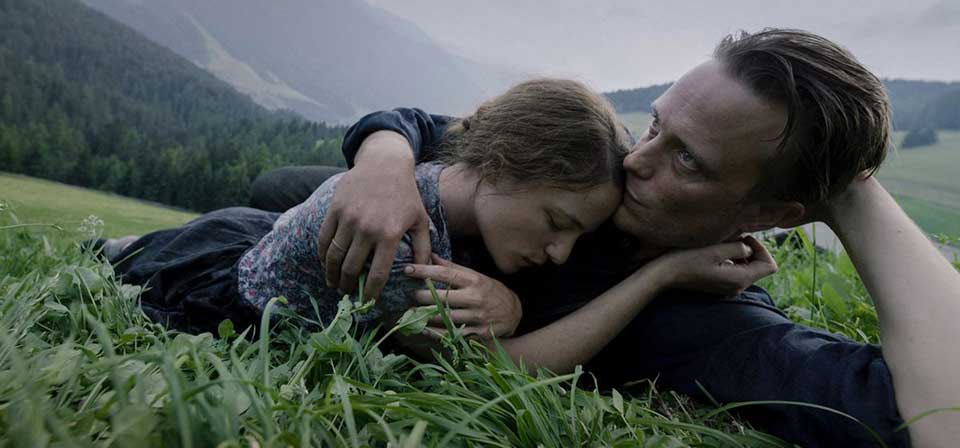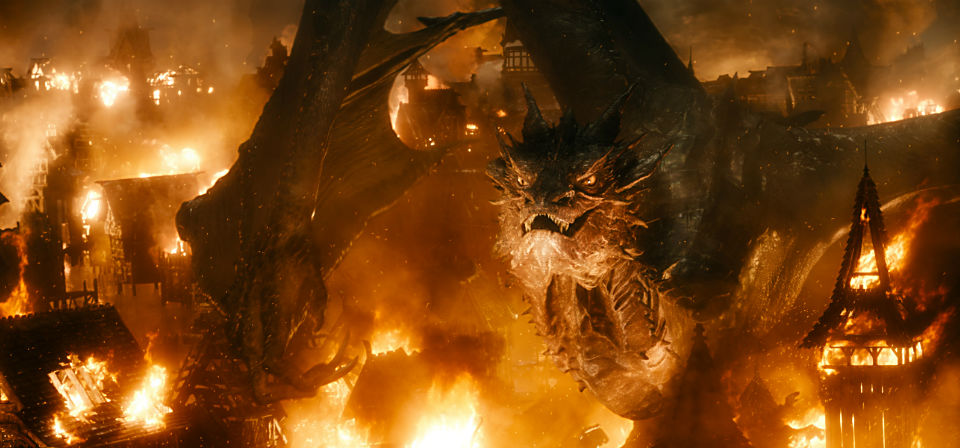Search Results
103 records found
![Hidden Figures [video]](/uploads/articles/hiddenfigures.jpg)
Hidden Figures [video] (2016)
An important story you probably don’t know about, starring Taraji P. Henson, Octavia Spencer and Janelle Monáe as NASA “computers” (really!) during the 1960s space race, when NASA’s Langley Research Center was still segregated.

A Hidden Life (2019)
An ecstatic, anguished three-hour cinematic hymn, Terrence Malick’s A Hidden Life sings the life and death of Blessed Franz Jägerstätter in asymmetrical binary form, in contrasting theologies — theology and anti-theology — of the body.
The Hiding Place (1975)
Thirty years after its original release, The Hiding Place remains one of the best films ever produced by a faith-based group (Billy Graham’s World Wide Pictures).
High Crimes (2002)
Only Jim Caviezel (The Count of Monte Cristo; Frequency) brings anything new to the table, displaying even more range and subtlety than in his recent starring turn in The Count of Monte Cristo. Other than his performance, High Crimes holds few surprises.
High Noon (1952)
A mounting sense of dread and inevitability hangs over Fred Zinnemann’s grim, downbeat Western classic High Noon, a black-and-white anti-spectacle about an aging lawman who receives a series of nasty shocks on the day he tries to hang up his gunbelt and begin a new life.

Hillsong – Let Hope Rise (2016)
Possibly the best and most cinematic sequence in Hillsong – Let Hope Rise is a montage that strikingly captures how the music of the Australian Evangelical church-based praise band Hillsong United touches, and unites, people all around the world.
His Girl Friday (1940)
Call me an Albany-living mama’s boy, but when Hildy tells her male colleagues in an early scene that she’s going to be a woman, not a news-getting machine, and have babies and take care of them, and give them cod-liver oil and watch their teeth grow, and not have to worry any more about crawling up fire escapes, getting kicked out of front doors, or eating Christmas dinners in one-armed joints — well, I for one think that sounds kind of nice.
A history of violence: Agora, Hypatia and Enlightenment mythology
Alejandro Amenábar’s Agora is a work of hagiography, and, for that matter, of anti-hagiography. Among its burdens are that Hypatia of Alexandria, the celebrated neo-Platonic philosopher and mathematician, is worthy of veneration, and also that Cyril of Alexandria, saint and doctor of the Church, is not. Neither of these theses is without prima facie plausibility, or unworthy of serious-minded and nuanced exploration. Agora is serious-minded to a fault, but nuance, while not absent, is lacking.
Hitchcock [video]
Hitchcock in 60 seconds: my “Reel Faith” review.
The Hitchhiker’s Guide to the Galaxy (2005)
[T]he new Hitchhiker’s Guide has the whimsical look and absurdist feel of Adams’s universe, which remains best known in its novelized form but which originated as a radio series and was later realized as a BBC television series, a set of records, a computer game, and even stage adaptations. What it’s missing is the subversive commentary, the razor-edged deconstruction of human foibles. We get Adams the absurdist, but not Adams the provocateur.
The Hobbit (1977)
Character design is a mixed bag: Gandalf looks very much himself, but Bilbo is rather cherubic, and the dwarves are uninspired. Worse is Gollum, disappointingly bloated and stiff rather than agile and emaciated, and the dreadfully goblin-like Wood-Elf King. (On the other hand, the Elf-lord Elrond, with his distinguished features and strange crown-halo, is far preferable to Bakshi’s dismally graceless version of the same character.)
The Hobbit: An Unexpected Journey (2012)
There is an early moment in The Hobbit: An Unexpected Journey that captures the evocative poetry of Tolkien’s songs — something that The Lord of the Rings films, for all their achievements, never did. By the time the credits roll, that moment feels like it belonged in a very different film.
The Hobbit: An Unexpected Journey [video]
The Hobbit: An Unexpected Journey in 60 seconds: my “Reel Faith” review.

The Hobbit: The Battle of the Five Armies (2014)
What I can say is that The Hobbit: The Battle of the Five Armies (a title strangely stuffed with too many the’s, at a time when movie titles often dispense with articles) includes — amid overinflated spectacle and cynical fan service — some of the best stuff of any of this prequel trilogy.
![The Hobbit: The Battle of the Five Armies [video]](/uploads/articles/hobbit3_wVjz2vU.jpg)
The Hobbit: The Battle of the Five Armies [video]
“Will you follow me … one last time?” Well, if you promise it’s the last time.
The Hobbit: The Desolation of Smaug (2013)
Now, two installments into the epically epic trilogification of Tolkien’s slender fairy tale for children, it seems Jackson and company have only one abiding goal: to keep one-upping themselves with ever more preposterous action sequences, nastier violence and more inappropriate humor.
Holes (2003)
Holes manages that rare trick of faithfully evoking what was special about the book without becoming slavish or by-the-numbers. Davis captures the book’s blend of coming-of-age realism, tongue-in-cheek grotesquerie, fantasy, and adventure, and capably navigates the plot’s multiple timelines and settlings.
Holiday (1938)
Why is The Philadelphia Story so well known, while the equally unforgettable Holiday, from the same director, writers, and leads, suffers comparative neglect?
Holiday Inn (1942)
True to type, Crosby plays nice and Astaire shallow: Jim (Crosby) loves his dance partner and wants to marry her and settle down, but Ted (Astaire) wants to dance with her, and steals her away from Jim. Heartbroken, Jim retires to the Connecticut farm where he had hoped to settle down, but soon finds that show business is in his blood, and hits on the novel idea of turning his farmhouse into a dinner theater that operates only on holidays.
Hollywood Adjustment?
The Adjustment Bureau and Hereafter are among a remarkable number of recent and upcoming Hollywood films in some way invoking themes of spirituality, religion or belief. 2010 was particularly rife with such Hollywood religiosity, quantitatively if not necessarily qualitatively.
Recent
- Benoit Blanc goes to church: Mysteries and faith in Wake Up Dead Man
- Are there too many Jesus movies?
- Antidote to the digital revolution: Carlo Acutis: Roadmap to Reality
- “Not I, But God”: Interview with Carlo Acutis: Roadmap to Reality director Tim Moriarty
- Gunn’s Superman is silly and sincere, and that’s good. It could be smarter.
Home Video
Copyright © 2000– Steven D. Greydanus. All rights reserved.